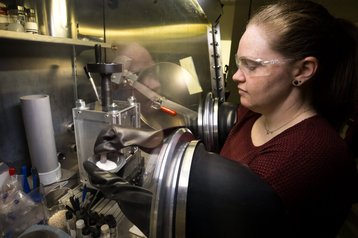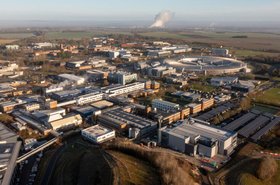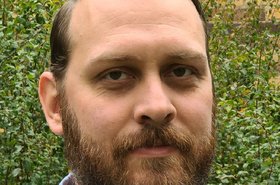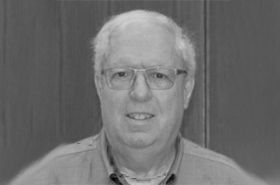Microsoft and the US Department of Energy's (DOE) Pacific Northwest National Laboratory (PNNL) have teamed up to find the best materials for batteries.
The two have used Microsoft's Azure Quantum Elements to reduce the possibilities of materials from millions, to only a few options. One is now in the prototype stage.
Azure Quantum Elements, despite its name, does not use quantum computing. Instead, it combines AI and traditional high-performance computing (HPC). In the future, it is expected to have access to a Microsoft-owned quantum supercomputer.
In a post by Microsoft, the company said: "Azure Quantum Elements offers a cloud computing system designed for chemistry and materials science research with an eye toward eventual quantum computing, and is already working on these kinds of models, tools, and workflows."
Using AQE, the researchers at PNNL looked at 32 million inorganic materials to arrive at 18 candidates for their battery project. AI models first cut the number down to around 500,000, and HPC techniques dealt with the remaining 499,988 options. One of those 18 is now being tested.
In total, this process took 80 hours, though it would usually take several years to build a prototype battery. HPC accounted for just 10 percent of the time computing.
“The intersection of AI, cloud and high-performance computing, along with human scientists, we believe is key to accelerating the path to meaningful scientific results,” said Tony Peurrung, PNNL deputy director for Science and Technology. “Our collaboration with Microsoft is about making AI accessible to scientists. We see the potential for AI to surface a material or an approach that is unexpected or unconventional, yet worth investigating. This is a first step in what promises to be an interesting journey to accelerate the pace of scientific discovery.”
For now, the prototype material has been synthesized and made into batteries that are functional and are going through testing. The material is reportedly a combination of lithium and sodium, with some other elements as well. It has up to 70 percent less lithium content than a standard lithium-ion battery.
PNNL focuses on chemistry, earth sciences, biology and data science research, and is seeking to address issues of sustainable energy and national security. The Laboratory was founded in 1965 and is operated by Battelle for the Department of Energy’s Office of Science.
Azure Quantum Elements launched in 2022. The platform is "purpose-built to accelerate scientific discovery" and is able to experiment with existing quantum hardware and will ultimately have priority access to Microsoft's future quantum supercomputer.
In March 2022, Microsoft announced that it was working on a quantum computer based on devices the team had engineered to allow them to induce a topological phase of matter bookended by a pair of Majorana zero modes.
In that post, the company says its next steps are: "Figuring out how to make a topological gap more robust and stable, entangling Majorana building blocks to make a qubit, processing information with qubits that can perform meaningful computation and connecting qubits that must operate at temperatures colder than outer space into a scalable machine."







